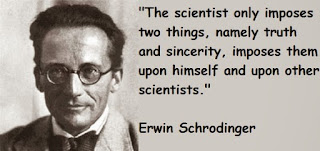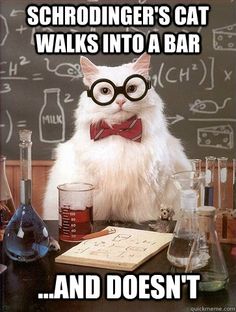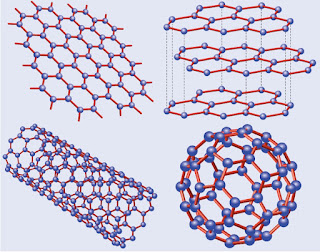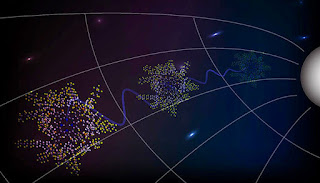 |
| Source: Claes Johnson on Mathematics and Science |
Topics: Humor, Modern Physics, Physics and Pop Culture, Quantum Mechanics
Okay, the creative license of writers to invent their own "rules" in fiction gave us warp drive, automatic doors and cell phones. Two out of three's not bad.
There are times I cringe (as do a lot of physics, engineering and science types) when the writer has gone completely "off-the-range" on certain things that makes their plot work, just not the physics. The other thing that's like scratching a chalk board (an old-school metaphor in this age of dry erase boards and Power Point), is when pop psychology appropriates the language of quantum physics and totally misuses it to give credence to phenomena even THEY can't explain. Entanglement like "tesseract" gets used as a space filler - a gee whiz who-zits - when they don't have anything to say or a background to describe it. It's more likely statistical probability, blind luck or gas; Rolaids being a far better prescription.
Epoch Times is something I generally don't follow, but in this article, they do get some things right. I also list a Physics arXiv article below that goes even deeper into the subject.
Quantum physics is so fascinating that it appeals to a broader lay audience than a lot of other topics in science. It’s also so difficult to grasp and attempts to simplify it for a lay audience may open it to misunderstanding.
It is invoked to explain all sorts of strange, even paranormal, phenomena. Yet these explanations are often based on misconceptions about quantum physics. Quantum physics may indeed have the potential to explain such phenomena, since much remains to be discovered about it. But it is important to remain clear on what it does and does not actually claim at this point in its development.
1. No Indication That Entanglement Transfers Information (think "telepathy").
2. Consciousness Is Not Necessarily the Key to Collapsing the Wave-Function (Schrödinger’s cat, The Uncertainty Principle, the observer).
3. It Doesn't Only Describe the Subatomic Level (color, elasticity, black holes).
4. Speaking of a ‘Wave-Particle Duality’ Is Not Exactly Correct (see paper below).
Epoch Times: 4 Common Misconceptions About Quantum Physics, Tara MacIsaac
Physics arXiv: Quantum mechanics: Myths and facts, Hrvoje Nikolic
Theoretical Physics Division, Rudjer Boˇskovic Institute, Zagreb, Croatia


















